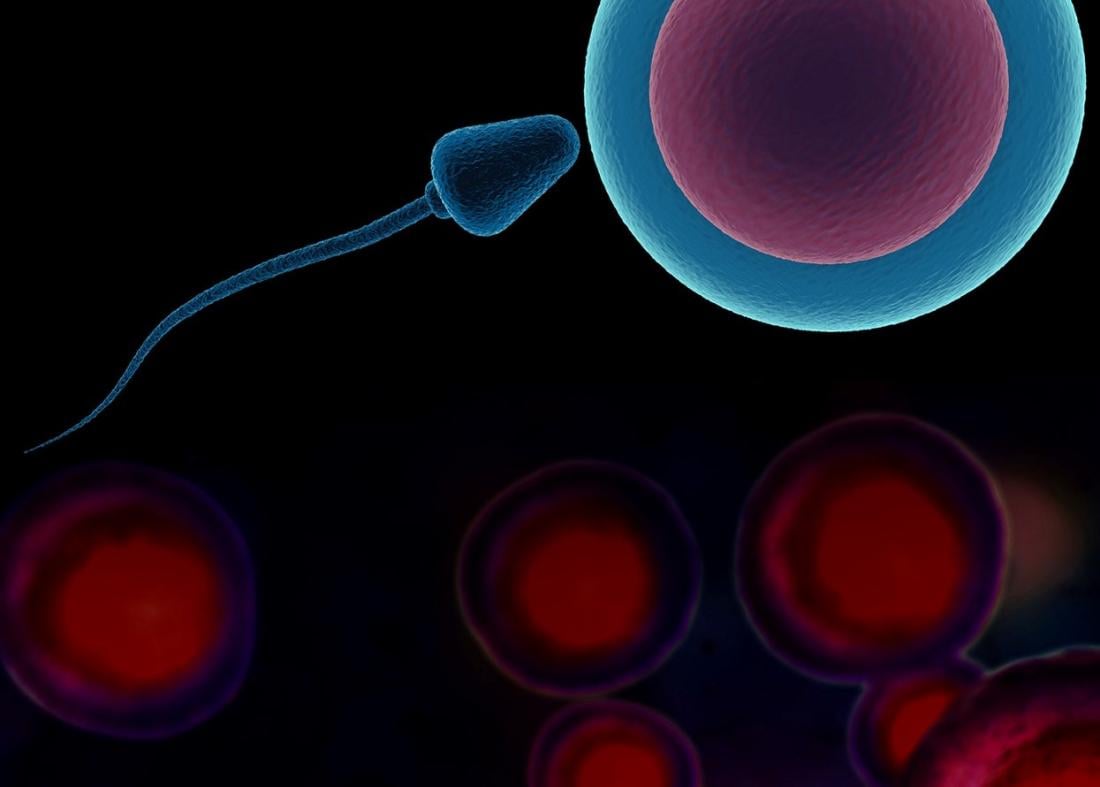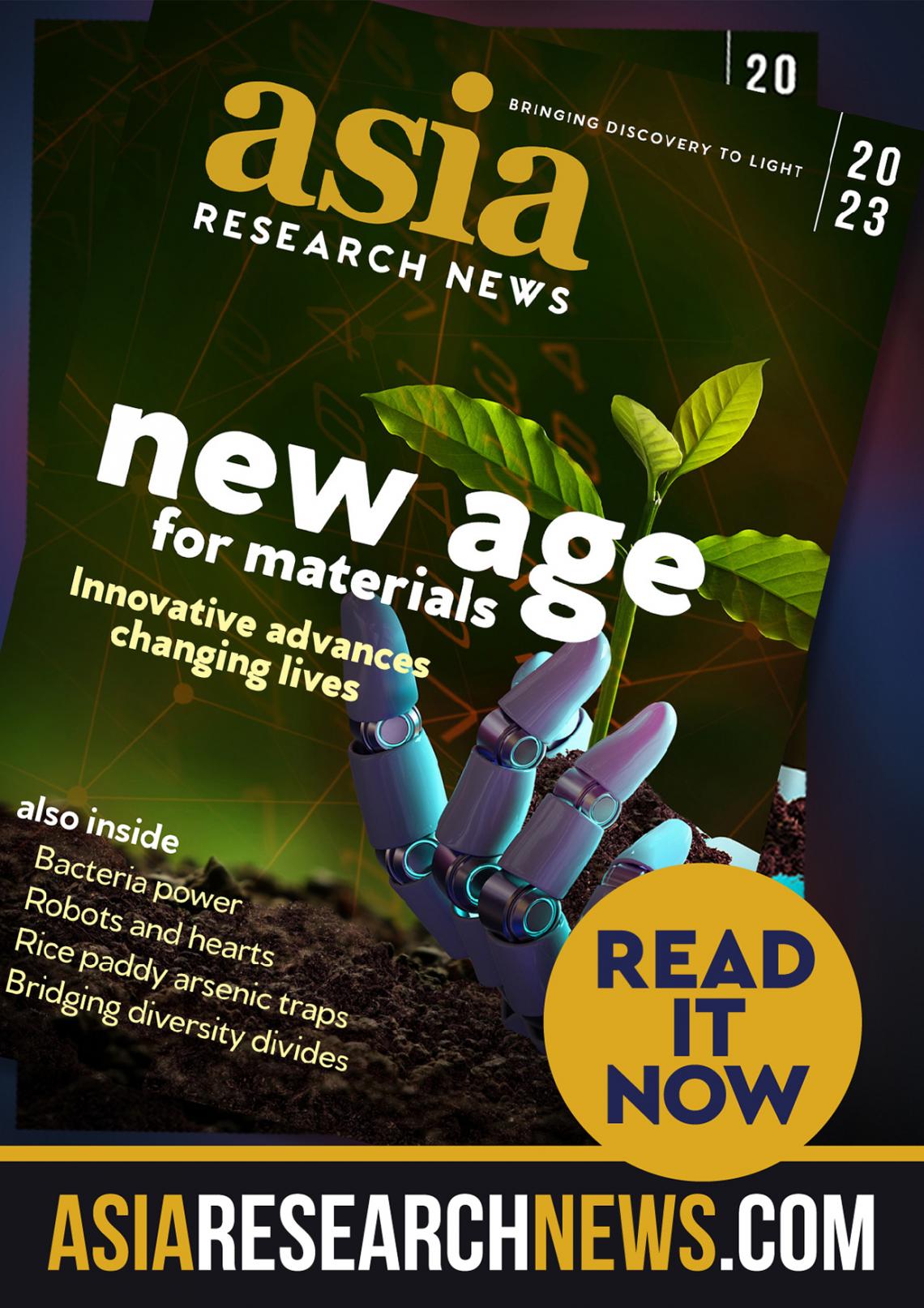This story is featured in the Asia Research News 2023 magazine. If you would like to receive regular research news, join our growing community.
Get the news in your inbox
The evolution of sexual reproduction in living organisms is one of the biggest mysteries in biology. There are two known modes of reproduction: asexual, where the organism creates clones of itself, and sexual, where gametes from two individuals fuse to give rise to progeny. Many hypotheses address various aspects of the evolution of sexual reproduction, but many questions remain unanswered.
The biggest question is that of cost. Sexual reproduction requires exponentially more energy than asexual reproduction. Still, sexual reproduction has two major advantages: it leads to genetic diversity and reduces harmful mutations.
Now, two Japanese evolutionary biologists, Yukio Yasui of Kagawa University and Eisuke Hasegawa of Hokkaido University, have proposed and modelled two novel hypotheses to explain the two-fold cost of sex — the costs of meiosis, the type of cell division that produces gametes like eggs and sperm, and the cost of producing large numbers of male gametes. The hypotheses were published in the Journal of Ethology.
The seesaw effect
The first hypothesis suggests that the first sexual reproduction required only one individual and was a self-fertilizing event.
The story, as they see it, can be told as such: Sexual reproduction was preceded by an event in which asexual unicellular organisms containing two complete sets of chromosomes accumulated a nearly lethal amount of deleterious genes, known as dms. Since mutations occur randomly, dms genes were not distributed equally in the two genomes but were expected to be in a ratio around 30:70. The genome containing the smaller number of dms mutations is referred to as the clean genome C, while the other is called the dirty genome D. Then, a sexcontrolling mutation, called allele S, occurred in the clean genome C. This first parent produced two cells capable of sexual reproduction that each had a clean genome carrying the allele S mutation. It also produced two asexual cells containing one dirty genome each. These latter cells died, while the former gametes fused with each other, fixing the sex-controlling mutation so that all offspring became sexual. At the same time, their deleterious dms gene numbers were reduced. The researchers refer to this as the “seesaw effect” because the upper hand went to the clean genome while the lower hand was dealt to the dirty one.
The rise of the sperm
The second hypothesis explains the cost of producing large numbers of male gametes. First, one must know that sexual reproduction in living organisms can be isogamous, where the gametes are all the same size, or anisogamous, where female gametes are large and male gametes are small and numerous.
The researchers propose that anisogamy developed via “inflated isogamy”. The hypothesis suggests that sexually reproducing multicellular organisms that generate lots of energy evolved first. Increased resources in larger gametes improved the survival rate of their offspring, leading to an overall increase in gamete size, or inflated isogamy.
As the parental isogamete enlarged, the result of their fusion, the zygote, became larger than it needed to be. This led one sex, which later evolved into the male, to shrink its kind all at once, faster than the ability of both sexes to cooperate and gradually decrease their sizes together. The other sex, which evolved into the female, tolerated this change, as it had nothing to lose. The male gametes benefitted from this arrangement as their large numbers allowed them to fertilize the eggs of many females, while female fitness remained unchanged and the number of unfertilized eggs was reduced. Both sexes benefitted from this commensalism, and anisogamy and the two sexes evolved.
The two hypotheses are still in their initial stages, and further work is required to address some of their underlying assumptions and conclusions.
Further information
Assoc Prof Yukio Yasui
[email protected]
Laboratory of Entomology
Kagawa University
Assoc Prof Eisuke Hasegawa
[email protected]
Laboratory of Animal Ecology
Hokkaido University
We welcome you to reproduce articles in Asia Research News 2023 provided appropriate credit is given to Asia Research News and the research institutions featured.




